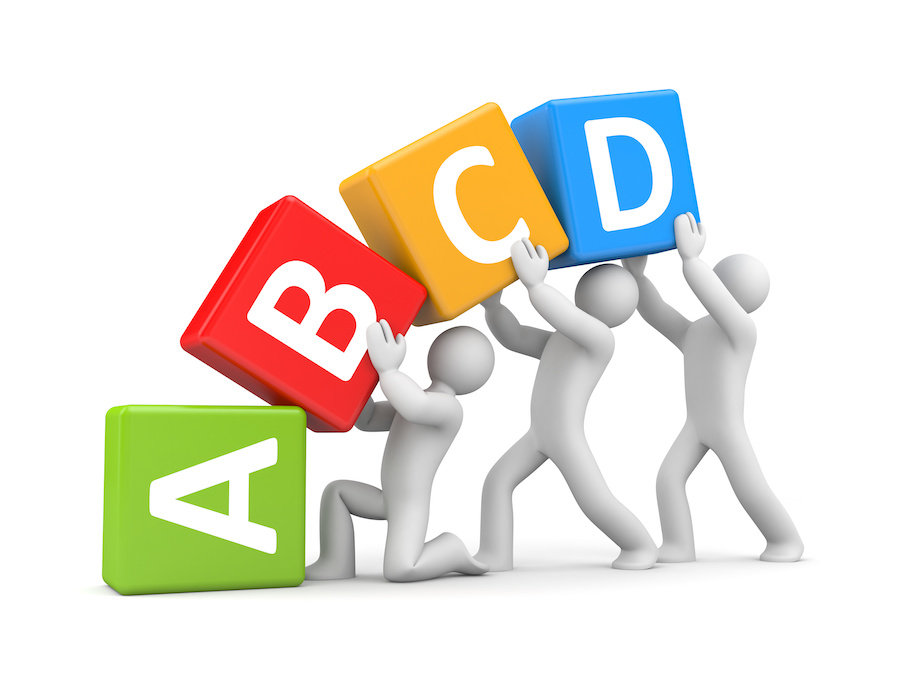After reading the last post on the power of objective-based training, I hope I have you convinced it is worth your time to create and use objectives to drive your training. You might now be asking yourself, “how do I start when writing training objectives?”

You want clear, concise objectives; for this, I love the ABCD model presented by The University of Connecticut’s Center for Excellence in Teaching and Learning. This acronym stands for audience, behavior, condition, and degree.
Audience
When thinking about your audience, you will want to consider who is coming to your training and what are their academic and experience backgrounds. You may also want to consider what are their cultural and linguistic backgrounds. For the objective statement, you will most likely use a noun like participants or attendees.
Behavior
Behavior is the part of the objective that describes what you will observe and measure. You want to strive to use the most accurate and specific verb. Vague verbs like know or understand are nearly impossible to measure. It can be helpful to consult a verb chart when choosing this language. I like this one created by the Institute for Arts Integration and STEAM.
Condition
This part of the statement helps shape how the audience will be expected to perform the stated behavior. It should include any tools, aids, or assistants you will use.
Degree
This part of the section states how the behavior needs to be performed. It is where you will want to indicate what degree of accuracy you are expecting. For example, if you want the participant to be able to do it 80% of the time, that should be stated explicitly and not just implied.
Here are some examples of quality training objectives:
- After a lesson on customer service, participants will be able to demonstrate mastery by role-playing as a staff member providing customer service in five different scenarios.
- Trainees will be able to categorize types of maintenance into the correct categories of urgent and delayed with a graphic organizer after a lecture and reading.
- By working in collaborative participant groups, trainees will be able to form written instructions for the insulation of widget A that can be cross-checked for accuracy by other groups in the class.
Well-written objectives are assessment plans. Starting your training planning with them will make the rest of your planning flow easily from there. If you would like more help in creating meaningful and measurable objectives for your training, please reach out to me, and I would love to help you shape these to reach your training goals!
Want to know more about Empowered Development Consulting? Reach out to me, Meghan Schiedel, and find out how Empowered Development Consulting can help you.
